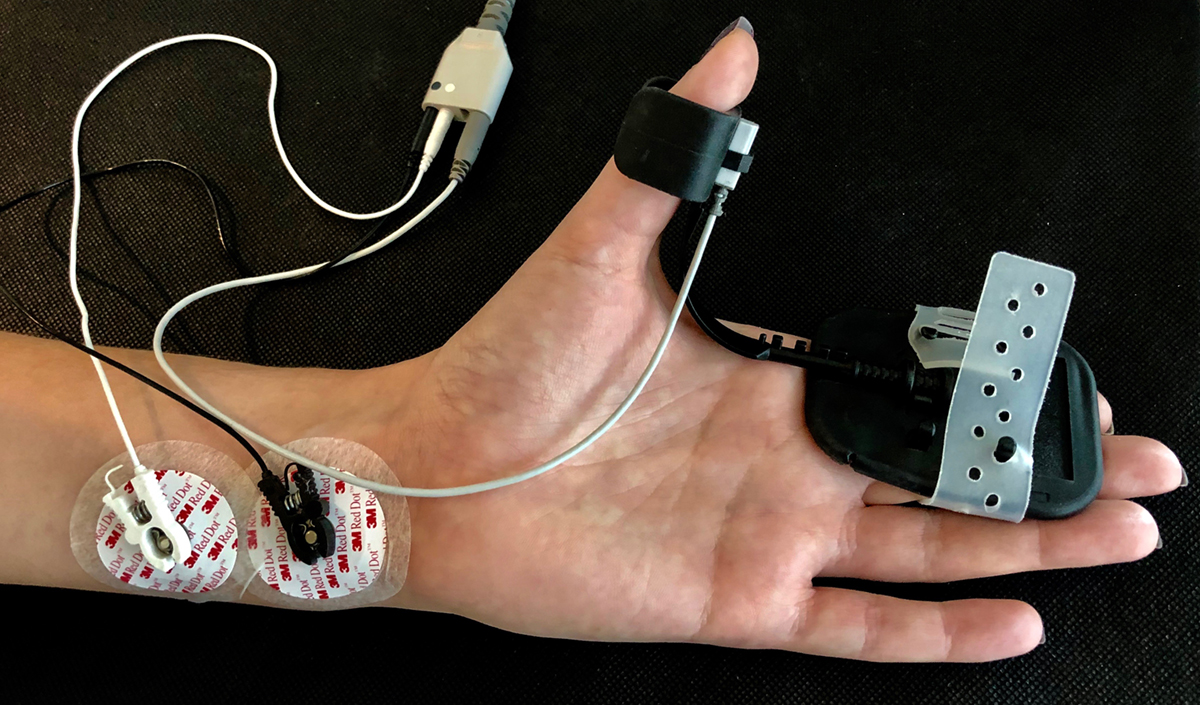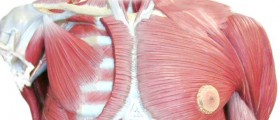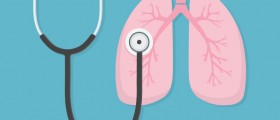
Amyotrophic Lateral Sclerosis
Motor neuron is a nerve cell that transfers informations between the nervous system and body muscles. There are the upper and the lower motor neuron. The upper is located in the brain, and lower in the spinal cord. If you want to do some movement (eg to take a glass), then command transmits through the upper motor neuron in the brain to the lower motor neuron in the spinal cord, which transmits the command again to the hands muscles involved in this action. ALS leads to deterioration of the upper and lower motor neuron, thus causing firstly weaker transmission, and finally the termination of transmission between the brain and the voluntary muscles. This results in muscle atrophy and weakening, and fasciculations (vibration of muscles beneath the skin). The disease is more common in men and usually occurs between the 40 and 70 year of life, although it may affect any age group.Causes
The cause of ALS is unknown. In 90% of cases it occurs sporadically, while about 10% of ALS occurs as a hereditary form. In 20% of hereditary cases, the change in the enzyme of gene (SOD1) has been found. Science is still searching for other changes in genes that may play a role in the development of ALS.In sporadic cases, it is believed that the cause of ALS could be enhanced activity of glutamate (substances in the nervous system - a type of neurotransmitter) that is used by nerve cells to transfer signals. Patients with ALS have too much glutamate which can cause death of nerve cells.
Other possible causes such as viruses, environmental toxins and others have still been studied.
Symptoms
Disease is characterized by possibility of affecting all voluntary muscles in the body including the arm and leg muscles, muscles involved in speech, chewing, swallowing and breathing. Capability of reasoning and thinking, senses of touch, taste, smell, hearing and vision, and sense of emptying the bladder and bowel remains intact.The disease begins slowly with less severe weakness of some muscle groups, gradually affecting others. It usually begins with weakness in the arms and legs and eventually spreads to speech, swallowing and breathing muscles. ALS rarely can start with difficult swallowing and speaking, so-called Bulbar symptoms. As the disease progresses, the weakness in the muscles is increasing and they eventually become completely paralyzed.
The symptoms of ALS may include: weakness in arms and legs - the awkwardness, difficulties in buttoning, tying shoes, turning the key in the lock, cutting, getting out of bed, washing, etc) speech disturbances - speech is quieter and indistinct, speaking through the nose, difficulties in pronouncing words and longer sentencesproblems with chewing and swallowing some food at first, and as disease progresses, there are troubles with swallowing saliva and every form of food breathing problems at the end, because of which patient must be attached to the apparatus for artificial ventilation The last stage of disease occurs approximately within 3-5 years from the beginning of the ALS, although some patients survive for even ten years. The causes of death are mainly complications of common infections such as pneumonia.
















Your thoughts on this
Loading...